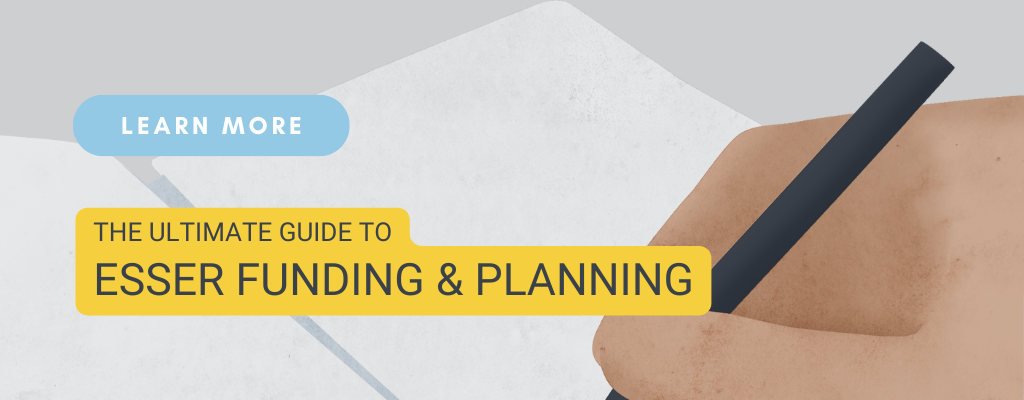These past three years have been very difficult for students, teachers, and school leaders. It seems that as life is getting “back to normal” there is something that comes in and disrupts the progress being made. What this time has shown us, though, is that this is the perfect opportunity to start fresh.
At Education Elements, we have seen many school districts use this time to redesign their strategic plans. They are using this season of disruption to think about how they can improve education for all students. If you are a school leader who is beginning to think about redeveloping your strategic plan, there are several ideas to keep in mind as you begin this process. The following five tips will ensure that you have a successful foundation to start planning out your strategic plan:
1. Create Connection With Your Community
At Ed Elements, the first phase of strategic planning is Plan & Align. During this phase, we work with district leaders and the Steering Team to envision what we want the strategic planning process to look like. We brainstorm with stakeholders from whom we want to gather input. Who are the stakeholders whose voice we need to hear from? From the beginning, it’s important to create connection with your schools and community by being transparent about the strategic planning process. What communication process do you have in place to let stakeholders know about how they can be involved in the strategic plan? The more aware the community is about the process, the more willing they are to contribute and share what they would like to see in the strategic plan. Listen to the community to see what their values and goals are and include them in the process. Create with, not for, them.
2. Be aware of the context of your school and community
Before developing your new strategic plan, be aware of the history and context of your school and community. What does your district do well? Take this time as an opportunity to celebrate your district’s strengths and what you want to continue to see. At the same time address what hasn’t been going well and where you would like to see improvements. What are your district’s unique challenges? Listen to different members from the community to ensure that they are also sharing the areas in which they would like to see improvements.
3. Research past strategic plans and determine what you like/dislike
During this time do some research by looking at other strategic plans. (See several examples half-way down this page.) Are there any specific strategic plans that jump out to you? Are there any that are inspiring? With your Steering Team, create a list of non-negotiables of must-haves and nice-to-haves. Share this list with your community to make sure that they have the time and space to react and give feedback.

4. Be responsive and flexible
At Education Elements, we have a strategic planning methodology that outlines the work being done in each phase. At times we have to adapt the timeline to make sure that we are meeting the district’s needs. For example, we may realize that we need to hear more from a certain set of stakeholders after our first initial stakeholder engagement round and thus plan to offer more creative opportunities to engage with them. For example, this may mean that focus groups or town halls are held in community centers where families frequent and gather more often, rather than offering them at schools that may be far from where community members work and live. Being flexible ensures that we are responding to the current reality of your district and will, in the end, ensure that the strategic plan is created with the needs of your district in mind.
5. Think about implementation and sustainability
When designing your district’s strategic plan, make sure you are thinking about its capacity. Have an accurate sense of the resources in your district. While you may be excited to create a new initiative through your strategic plan, it will be more difficult to sustain it if there are few resources or there is no community buy-in. If you focus on a few specific focus areas or pillars, instead of many, there is a greater likelihood that your strategic plan will be implemented. We want to ensure that this strategic plan is implemented and monitored past it’s launch phase. Start with SMART goals and build your plan from there.
Developing a new strategic plan is not easy, especially at this time, but if not now then when? Hopefully, these tips will make the process more manageable. By engaging with stakeholders early on and being open to collaboration, your strategic plan will embody and be representative of all members and students in your community.
